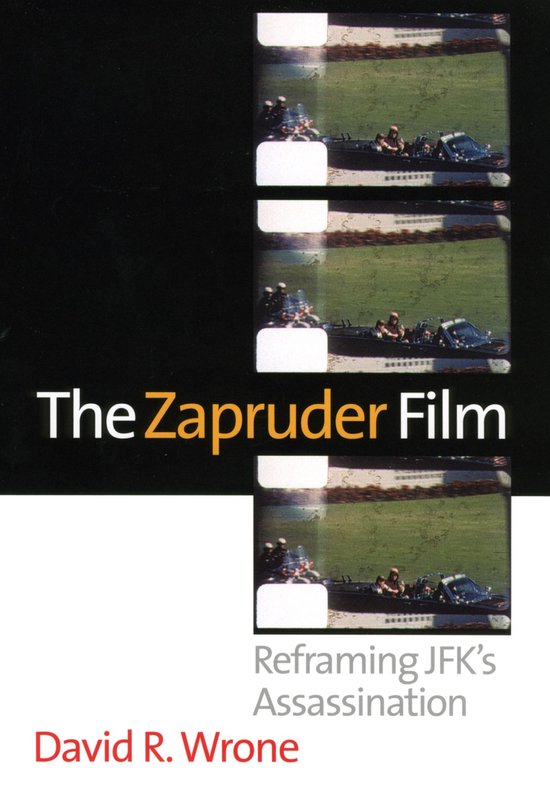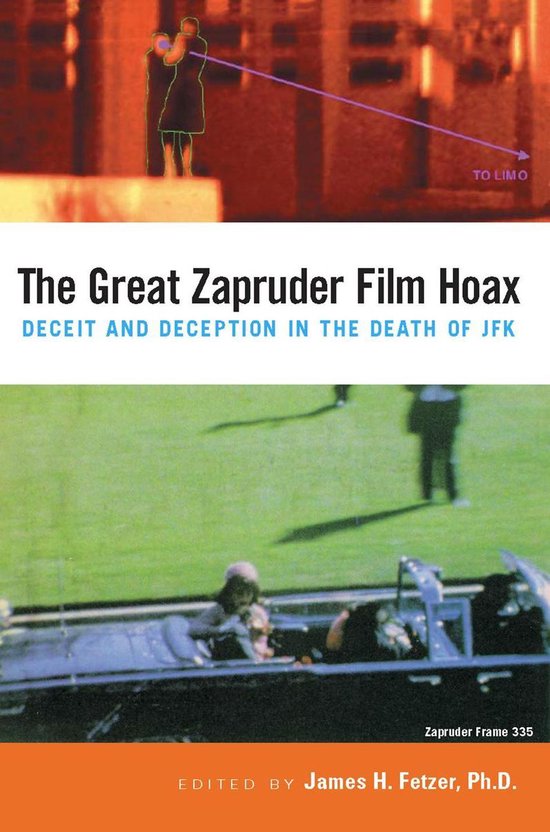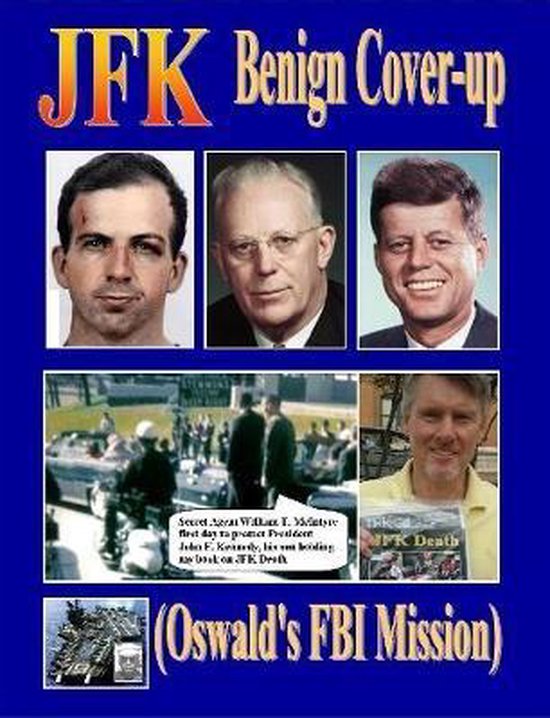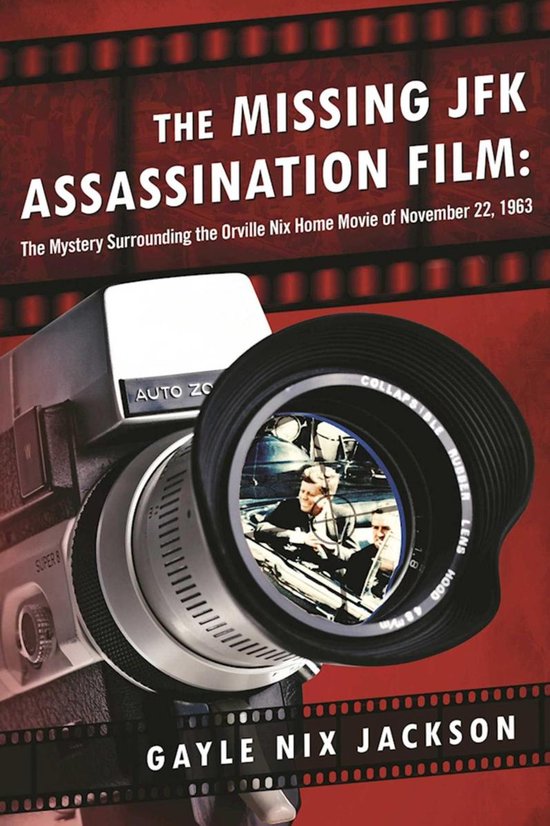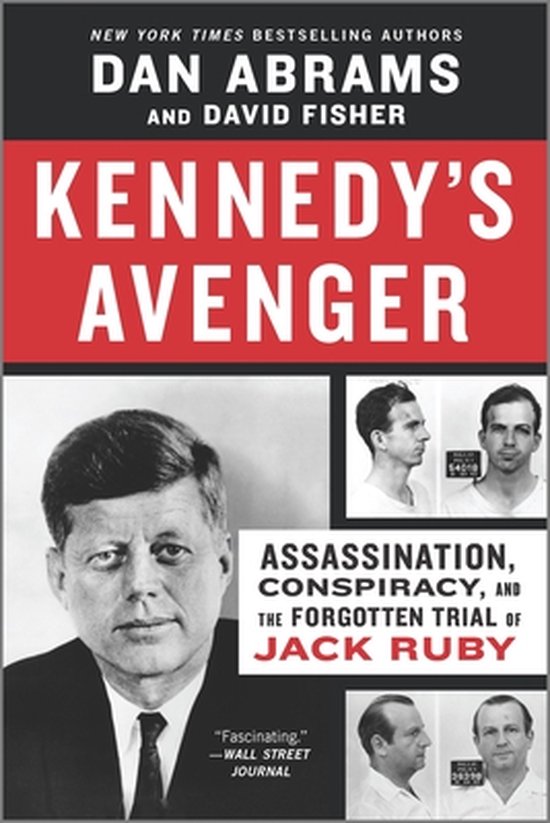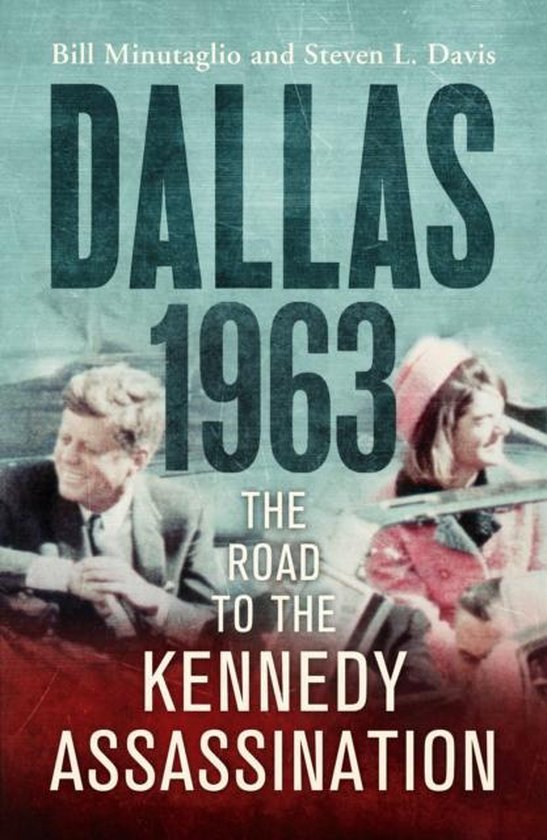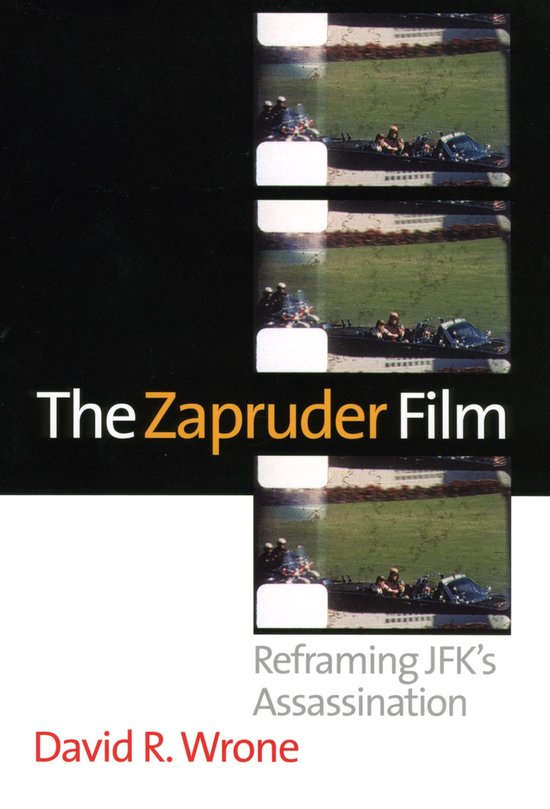
The Zapruder Film
Analysing Abraham Zapruder's iconic film frame-by-frame, David Wrone builds a convincing case against the official findings of the ""crime of the century"": the assassination of JFK. Tracing its 50-year history, he demonstrates how the film itself refutes the lone-gunman and single-bullet theory.
It is the most famous home movie of all time, the most closely analysed 26 seconds of film ever shot, the most disturbing visual record of what many have called “the crime of the century.”
In 486 frames—a mere six feet of celluloid—Abraham Zapruder’s iconic film captures from beginning to end the murder of President John F. Kennedy in broad daylight. The film has become nearly synonymous with the assassination itself and has generated decades of debate among conspiracy theorists and defenders of the Warren Commission’s official report. Until now, however, no scholar has produced a comprehensive book-length study of the film and its relation to the tragic events of November 22, 1963.
David Wrone, one of our nation’s foremost authorities on the assassination, re-examines Zapruder’s film with a fresh eye and a deep knowledge of the forensic evidence. He traces the film’s forty-year history from its creation on the “grassy knoll” by Dallas dressmaker Zapruder through its initial sale to Life magazine, analysis by the Warren Commission and countless assassination researchers, licensing by the Zapruder family, legal battles over bootleg copies, and sale to the federal government for sixteen million dollars.
Wrone’s major contribution, however, is to demonstrate how the film itself necessarily refutes the Warren Commission’s lone-gunman and single-bullet theories. The film, he notes, provides a scientifically precise timeline of events, as well as crucial clues regarding the timing, number, origins, and impact of the shots fired that day. Analysing it frame-by-frame in relation to other evidence—including two key photos by Phil Willis and Ike Altgens—he builds a convincing case against the official findings.
Without fanfare, he concludes that more than three gunshots were fired from more than one direction and that most likely none were fired by alleged assassin Lee Harvey Oswald. If true, then JFK’s death was the result of a conspiracy, for the Commission’s nonconspiracy conclusion requires a maximum of three shots and one gunman.
Wrone, however, does not speculate as to who actually shot JFK or why—or even if Oswald was involved. In fact, he is just as critical of the legion of conspiracy theorists as he is of the Warren Commission (which, he reveals, crushed dissent within its own ranks).
Doggedly pursuing the evidence wherever it leads, Wrone has produced a meticulous, clear-eyed, and provocative new reading of this remarkable cinematic Rosetta Stone.
It is the most famous home movie of all time, the most closely analysed 26 seconds of film ever shot, the most disturbing visual record of what many have called “the crime of the century.”
In 486 frames—a mere six feet of celluloid—Abraham Zapruder’s iconic film captures from beginning to end the murder of President John F. Kennedy in broad daylight. The film has become nearly synonymous with the assassination itself and has generated decades of debate among conspiracy theorists and defenders of the Warren Commission’s official report. Until now, however, no scholar has produced a comprehensive book-length study of the film and its relation to the tragic events of November 22, 1963.
David Wrone, one of our nation’s foremost authorities on the assassination, re-examines Zapruder’s film with a fresh eye and a deep knowledge of the forensic evidence. He traces the film’s forty-year history from its creation on the “grassy knoll” by Dallas dressmaker Zapruder through its initial sale to Life magazine, analysis by the Warren Commission and countless assassination researchers, licensing by the Zapruder family, legal battles over bootleg copies, and sale to the federal government for sixteen million dollars.
Wrone’s major contribution, however, is to demonstrate how the film itself necessarily refutes the Warren Commission’s lone-gunman and single-bullet theories. The film, he notes, provides a scientifically precise timeline of events, as well as crucial clues regarding the timing, number, origins, and impact of the shots fired that day. Analysing it frame-by-frame in relation to other evidence—including two key photos by Phil Willis and Ike Altgens—he builds a convincing case against the official findings.
Without fanfare, he concludes that more than three gunshots were fired from more than one direction and that most likely none were fired by alleged assassin Lee Harvey Oswald. If true, then JFK’s death was the result of a conspiracy, for the Commission’s nonconspiracy conclusion requires a maximum of three shots and one gunman.
Wrone, however, does not speculate as to who actually shot JFK or why—or even if Oswald was involved. In fact, he is just as critical of the legion of conspiracy theorists as he is of the Warren Commission (which, he reveals, crushed dissent within its own ranks).
Doggedly pursuing the evidence wherever it leads, Wrone has produced a meticulous, clear-eyed, and provocative new reading of this remarkable cinematic Rosetta Stone.
| Auteur | | David R. Wrone |
| Taal | | Engels |
| Type | | Paperback |
| Categorie | | Mens & Maatschappij |
